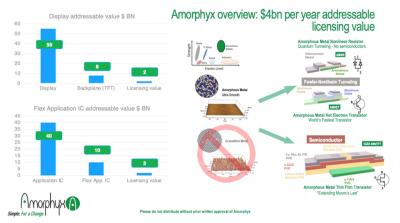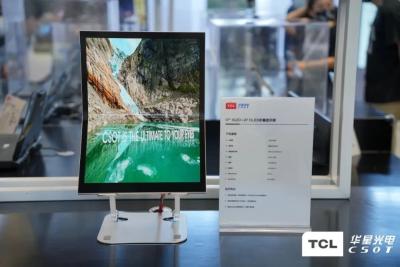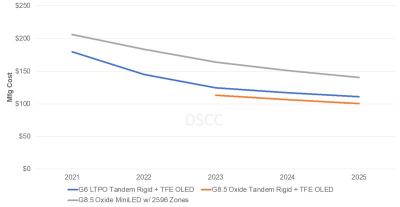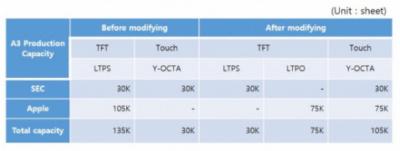Apple develops a higher-efficiency LTPO backplane by adopting IGZO in the driving TFT
Apple was the first company to develop LTPO backplanes and it adopted this innovative and energy-efficient backplane technology back in 2018 in the Watch Series 4. LTPO combines Oxide-TFT and LTPS, by using the IGZO in some of the switching TFTs and LTPS in the remaining switching TFTs and all the driving TFTs. LTPO can reduce the power consumption by 5-15%, and enables variable refresh rate.

According to reports from Korea, Apple developed its 2nd-Gen LTPO backplane technology, that uses the IGZO in all the driving TFTs, and uses LTPS only in the remaining switching TFTs. This leads to higher efficiency compared to the first-generation LTPO backplane.









